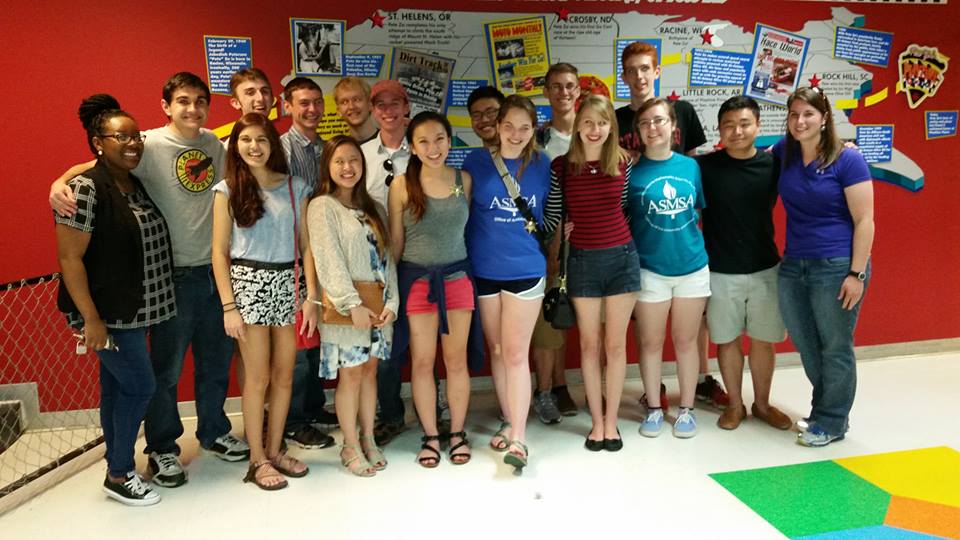Snow flurries pierce your face as you lie on the frigid snow. Your hands and feet are frozen solid, along with the oxygen tank at your side. As your body starts succumbing to frostbite, you remember that you are not 26,000 feet in the air on the slopes of the tallest mountain in the world. You’re in a movie theater, the air conditioning is turned up a bit and you’re almost out of popcorn.
“Everest” is a visual and emotional roller coaster that retells the fight for survival of several climbers during the 1996 Mount Everest tragedy. The story follows two expeditions, one led by Rob Hall (Jason Clarke) and the other by Scott Fischer (Jake Gyllenhaal), and the storm that took the lives of five climbers from the two teams.
Rob is a kind-hearted, sympathetic guide who helps pioneer the idea of giving amateur climbers the opportunity of a lifetime. Scott is more carefree and rebellious. His philosophy is that if you can’t make it up the mountain by yourself, you shouldn’t be on the mountain at all.
The film’s performances are one of its shining qualities. While there is no one that stands out, Clarke, Gyllenhaal, Josh Brolin, Keira Knightly, Sam Worthington, John Hawkes and the rest of the cast put forth 110 percent, delivering several tear-jerking scenes in the movie’s two hour run time. The portrayals make you care about the characters. You root for Rob and his team because of Clarke’s embodiment of a good man, wanting to get home to his wife (Knightly) and his soon to be born child.
While the characters themselves are played superbly, there’s very little development of these characters, and they are placed in a rather uninteresting story. The movie plays out exactly how you think it will. Tragedy strikes and people die. There’s nothing in the story itself that sets it apart from disaster movies that have come before it, and thankfully the story was not the focal point of “Everest.”
“Human beings simply aren’t built to function at the cruising altitudes of a seven-forty-seven,” Rob tells his team at the beginning of the film, and it’s not until they reach what is called the “death zone” that his statement begins to sink in.
The tension builds as the air thins, and each crunch of a footstep has you antsy for a potential avalanche, and for the perfect storm you know is coming. Baltasar Kormakur’s direction and Salvatore Totino’s cinematography envelop you in the icy drama, elevating the experience of the movie and overshadowing its bland narrative.
Over 200 bodies lay frozen on Mount Everest’s slopes today that serve as a reminder for climbers of the price they may pay when pursuing such a feat. For most that set out to reach the summit however, the risk is worth the reward, and the reward comes in various shapes and sizes.
It’s the final destination for professional climbers, the pièce de résistance of their careers. For others like “Everest’s” Doug Hansen, the reward is found in following one’s dreams and inspiring others in the process.
You don’t have to climb a mountain to stand on top of the world. Whether it’s starting your own business, writing a novel or becoming a professional athlete, we all have big dreams and should go the distance to make those dreams a reality. Brian Blessed said it best, “You can’t call it an adventure unless it’s tinged with danger. The greatest danger in life, though, is not taking the adventure at all. To have the objective of a life of ease is death. I think we’ve all got to go after our own Everest.”
Rating: B+






